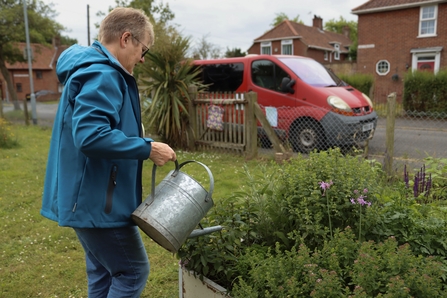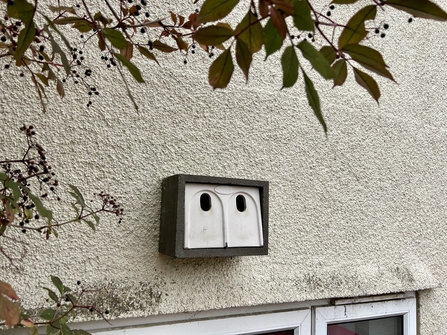June this year was the warmest June on record, with 14.5% of our planet’s surface enduring record-breaking temperatures, surpassing the previous June record set last year by 7.4%. Similarly, May 2024 was globally the warmest May on record. Met Office data indicate that daytime temperatures of over 40°C could become common by 2040.
The UK Met Office predicts that the current rates of climate change that we are witnessing will result in increasingly warmer and wetter winters (October through to March), along with hotter and drier summers and an increase in the frequency of extreme weather events such as heatwaves and flash floods. Indeed, an unparalleled number of flood alerts and warnings were issued in Great Britain in the first four months of this year, averaging a staggering 40 per day according to Environment Agency data.
With this in mind, you may wonder how our green spaces and wildlife will cope, and what you can do to make it more resilient. The total area of gardens in England is greater than that of nature reserves, and, if managed sensitively, can play a big role in mitigating the impact of climate change on wildlife. Read on for some suggestions on how you can alter your garden to make it more resilient to climate change, whilst helping wildlife.





